In today’s digital age, protecting your data is more crucial than ever. As technology advances, so do the tactics used by cybercriminals, making it essential to stay informed about cybersecurity trends and best practices. Whether you’re an individual user or a business owner, understanding how to safeguard your digital information can help you stay one step ahead of potential threats. Here’s a friendly and informative guide to the latest cybersecurity trends and how you can protect your data in an increasingly digital world.
Rise of Artificial Intelligence (AI) in Cybersecurity
Artificial Intelligence (AI) is becoming a powerful tool in the realm of cybersecurity. AI-driven solutions can analyze vast amounts of data to detect patterns and anomalies that may indicate a security threat. Machine learning algorithms can identify potential threats in real-time, allowing for quicker responses to cyberattacks. By leveraging AI, businesses and individuals can enhance their ability to prevent and mitigate cyber threats.

Emphasizing on Multi-Factor Authentication (MFA)
Multi-factor authentication (MFA) has emerged as a critical security measure. MFA requires users to provide two or more verification factors, such as a password, a fingerprint, or a one-time code sent to their phone before accessing their accounts. This additional layer of security makes it significantly harder for cybercriminals to gain unauthorized access, even if they have stolen a password. Adopting MFA can greatly enhance the protection of your personal and business accounts.
Growing Focus on Zero Trust Architecture
The Zero Trust model is gaining traction in cybersecurity. Unlike traditional security models that assume trust within the network, Zero Trust operates on the principle of “never trust, always verify.” This means that access to resources is granted based on strict authentication and authorization processes, regardless of the user’s location or network. By implementing a zero-trust architecture, organizations can better safeguard their data and systems against insider and external threats.

Increasing Adoption of Cloud Security Solutions
As more businesses and individuals move their data to the cloud, cloud security is becoming increasingly important. Cloud security solutions provide protection against data breaches, malware, and other cyber threats that can affect cloud-based systems. Features such as encryption, access controls, and regular security updates are essential for maintaining the security of cloud-stored data. Ensuring that your cloud provider follows robust security practices can help protect your information.
Enhancing Privacy Regulations
With increasing concerns about data privacy, regulations such as the General Data Protection Regulation (GDPR) and the California Consumer Privacy Act (CCPA) are becoming more prominent. These regulations require organizations to implement stringent data protection measures and provide transparency about how data is collected and used. Staying informed about privacy laws and ensuring compliance can help protect your data and avoid legal consequences.
Emerging Threats and Security Solutions
As technology evolves, new cybersecurity threats and solutions continually emerge. For instance, ransomware attacks, which encrypt a victim’s data and demand payment for its release, are on the rise. Staying updated on the latest threats and security solutions can help you proactively defend against these risks. Regularly updating your security software, performing system scans, and backing up your data are essential practices for mitigating the impact of emerging threats.

Investing in Cybersecurity Training
Cybersecurity training is a crucial component of a comprehensive security strategy. Educating employees and users about best practices, potential threats, and response protocols can significantly reduce the risk of security breaches. Regular training sessions and awareness programs can help ensure that everyone in your organization or household is equipped to recognize and respond to cyber threats effectively.
In Conclusion
In an increasingly digital world, safeguarding your data requires vigilance and proactive measures. By staying informed about cybersecurity trends and adopting best practices such as leveraging AI, using MFA, embracing Zero Trust, and investing in cloud security, you can better protect yourself and your organization from cyber threats. Remember, cybersecurity is an ongoing process that involves staying updated, educating yourself and others, and continuously improving your security measures. By doing so, you can enjoy the benefits of the digital world while keeping your data safe and secure.
…


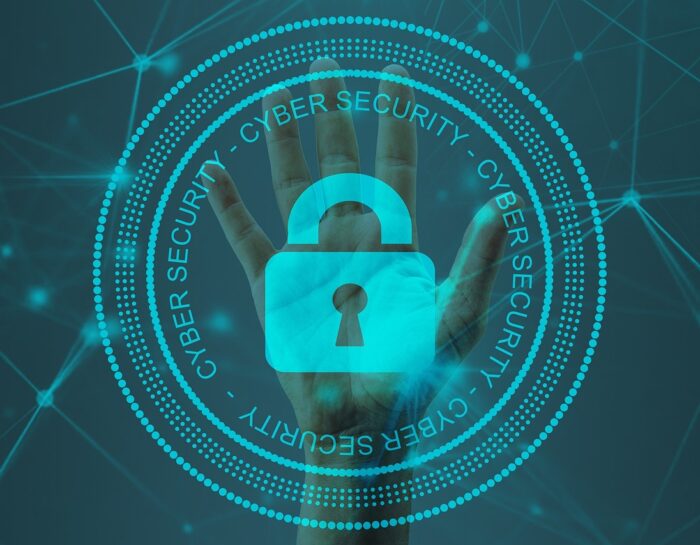
 Real-time threat monitoring is a crucial feature of security software that provides continuous protection against evolving threats. With this powerful capability, you can know that your digital presence is constantly monitored for potential risks. One advantage of real-time threat monitoring is its ability to detect and respond to threats as they happen. Any malicious activity or suspicious behavior will be identified and addressed immediately, minimizing the risk of damage or data breaches. Rather than waiting for an attack, this feature actively scans your system for vulnerabilities and potential points of entry.
Real-time threat monitoring is a crucial feature of security software that provides continuous protection against evolving threats. With this powerful capability, you can know that your digital presence is constantly monitored for potential risks. One advantage of real-time threat monitoring is its ability to detect and respond to threats as they happen. Any malicious activity or suspicious behavior will be identified and addressed immediately, minimizing the risk of damage or data breaches. Rather than waiting for an attack, this feature actively scans your system for vulnerabilities and potential points of entry. When it comes to using the internet, safety should always be a top priority. With the increasing number of cyber threats and online attacks, it is crucial to have measures in place to protect yourself and your personal information. One such measure is installing security software before you buy Instagram followers. Safe browsing is an essential feature offered by many security software programs. It ensures you can browse the web with peace of mind, knowing malicious websites or harmful content will be blocked or flagged for your protection.
When it comes to using the internet, safety should always be a top priority. With the increasing number of cyber threats and online attacks, it is crucial to have measures in place to protect yourself and your personal information. One such measure is installing security software before you buy Instagram followers. Safe browsing is an essential feature offered by many security software programs. It ensures you can browse the web with peace of mind, knowing malicious websites or harmful content will be blocked or flagged for your protection.






 When it comes to using TikTok as a marketing platform, creating high-quality content is crucial. But how do you know if your content performs well and resonates with your audience? This is where the importance of using a TikTok analytics tool comes into play. By utilizing a TikTok analytics tool after buying followers, you can analyze the performance of your content and make data-driven decisions to optimize it further. These tools provide valuable insights into views, likes, shares, comments, and engagement rate. Analyzing these metrics allows you to understand which content types generate the most traction on TikTok.
When it comes to using TikTok as a marketing platform, creating high-quality content is crucial. But how do you know if your content performs well and resonates with your audience? This is where the importance of using a TikTok analytics tool comes into play. By utilizing a TikTok analytics tool after buying followers, you can analyze the performance of your content and make data-driven decisions to optimize it further. These tools provide valuable insights into views, likes, shares, comments, and engagement rate. Analyzing these metrics allows you to understand which content types generate the most traction on TikTok.




 The field of view (FOV) is the extent of the observable world seen at any given moment. A larger FOV will provide a more immersive experience and a greater sense of presence in the virtual world.
The field of view (FOV) is the extent of the observable world seen at any given moment. A larger FOV will provide a more immersive experience and a greater sense of presence in the virtual world. Comfort and adjustability are essential factors to consider when choosing a VR headset, as you will likely be wearing the headset for extended periods.
Comfort and adjustability are essential factors to consider when choosing a VR headset, as you will likely be wearing the headset for extended periods.
 Faxing from Gmail is a great way to save time and money. There’s no need to purchase or lease a
Faxing from Gmail is a great way to save time and money. There’s no need to purchase or lease a  Gmail fax is a secure and confidential way to send documents. Gmail protects your privacy and ensures that your messages are always confidential. Faxes sent through Gmail are encrypted using Transport Layer Security (TLS), the same security protocol banks and other financial institutions use to protect online transactions. If you’re looking for an easy, affordable, and secure way to send faxes from your computer, using Gmail’s free online fax service is a great option.
Gmail fax is a secure and confidential way to send documents. Gmail protects your privacy and ensures that your messages are always confidential. Faxes sent through Gmail are encrypted using Transport Layer Security (TLS), the same security protocol banks and other financial institutions use to protect online transactions. If you’re looking for an easy, affordable, and secure way to send faxes from your computer, using Gmail’s free online fax service is a great option.
 If you choose to install a smart home automation system in your home, then it will be convenient to initiate commands on your device. Keeping all the technology in your home connected through a single interface is crucial for home management. If you learn how to use an app on your smartphone, then you will be able to tap different devices in your home.
If you choose to install a smart home automation system in your home, then it will be convenient to initiate commands on your device. Keeping all the technology in your home connected through a single interface is crucial for home management. If you learn how to use an app on your smartphone, then you will be able to tap different devices in your home. Installing home automation systems in your home will enable you to control your home functions from a distance. If you are having a hot day, you can easily switch on the cooling system before you get home from work.
Installing home automation systems in your home will enable you to control your home functions from a distance. If you are having a hot day, you can easily switch on the cooling system before you get home from work. It is easy to make your home more energy-efficient depending on the type of smart home technology that you use in your home. Nowadays, it is easier to control the heating and cooling in your home by using a smart programmable thermostat that detects the temperature changes and knows when to save energy in your home.
It is easy to make your home more energy-efficient depending on the type of smart home technology that you use in your home. Nowadays, it is easier to control the heating and cooling in your home by using a smart programmable thermostat that detects the temperature changes and knows when to save energy in your home.
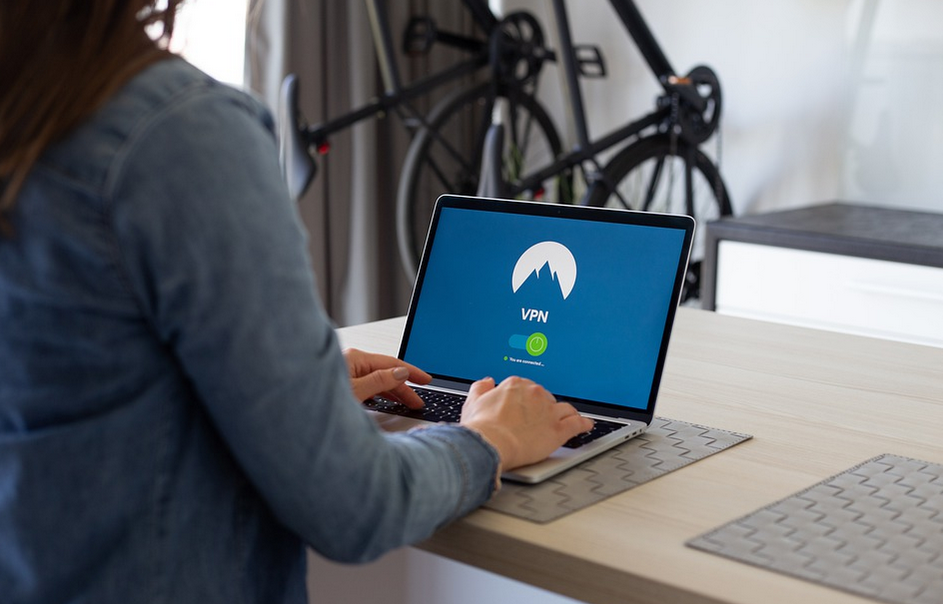 When choosing a reliable VPN services, consider checking the length of the trial period. This duration of time is when you are allowed to use the service without being charged, and you have a choice to ask for a refund if the services did not satisfy you. During this trial period, you will know if the service fits your needs. It is advisable to buy a VPN after testing it and confirm that it would satisfy your needs. It is essential to choose a VPN service with a more extended trial period that will enable you to test it thoroughly before purchasing it.
When choosing a reliable VPN services, consider checking the length of the trial period. This duration of time is when you are allowed to use the service without being charged, and you have a choice to ask for a refund if the services did not satisfy you. During this trial period, you will know if the service fits your needs. It is advisable to buy a VPN after testing it and confirm that it would satisfy your needs. It is essential to choose a VPN service with a more extended trial period that will enable you to test it thoroughly before purchasing it.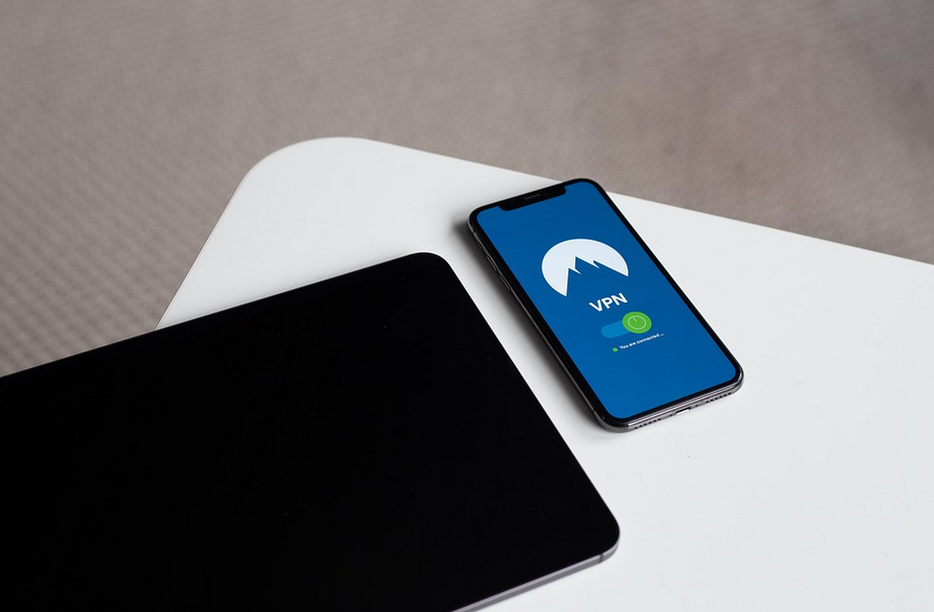 When looking for a list of VPN services, you will notice numbers listed that describe several servers, locations and IP addresses. This information is essential to gauge the scope of a VPN provider’s network. IP addresses increase anonymity and will not be reused, which will increase anonymity.
When looking for a list of VPN services, you will notice numbers listed that describe several servers, locations and IP addresses. This information is essential to gauge the scope of a VPN provider’s network. IP addresses increase anonymity and will not be reused, which will increase anonymity.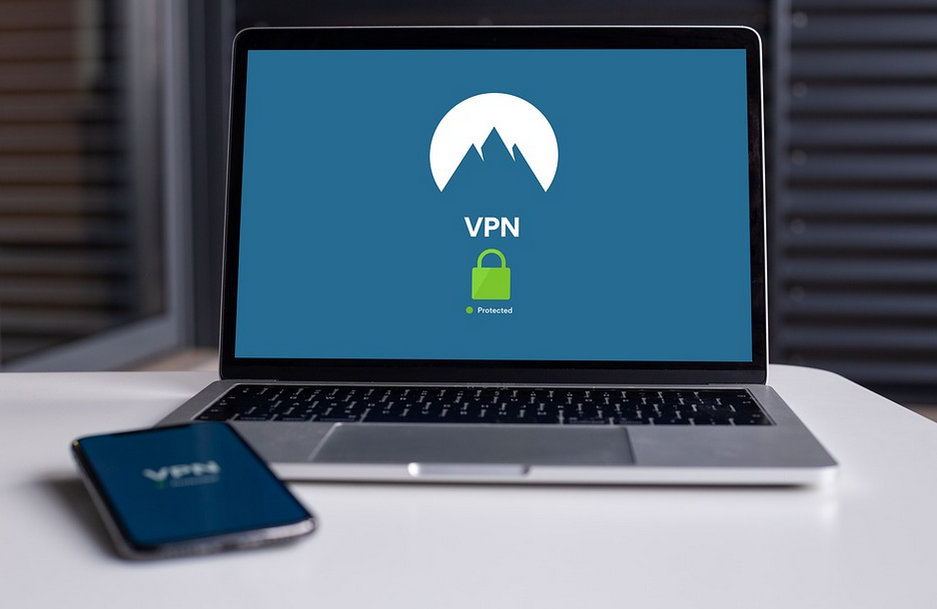 A specific number is essential in controlling simultaneous connections. If a VPN has a more significant number of simultaneous connections, it has a higher number of devices connected at the same time. If you are traveling, three links can be enough for you. If you use a VPN at your home and want to use the internet through your VPN service, you need more connections.
A specific number is essential in controlling simultaneous connections. If a VPN has a more significant number of simultaneous connections, it has a higher number of devices connected at the same time. If you are traveling, three links can be enough for you. If you use a VPN at your home and want to use the internet through your VPN service, you need more connections.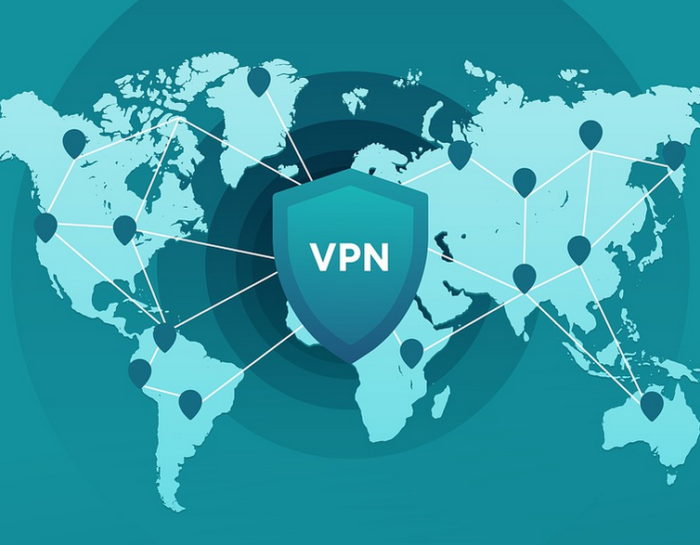



 The quality of the screen is important when buying goggles. It is important to make sure that you buy good goggles with the best screen. A sharp screen will enable you to see everything clearly. The OLED screen is the best because it will enable you to see all the screens and gaps while flying.
The quality of the screen is important when buying goggles. It is important to make sure that you buy good goggles with the best screen. A sharp screen will enable you to see everything clearly. The OLED screen is the best because it will enable you to see all the screens and gaps while flying.

 Business owners and individuals who have been using the traditional fax machine for the longest time may not have an open mind to consider this modern way of transmitting communication materials. Little do they know that it needs a bit of effort to set-up an online fax application into their internet devices. By signing in and getting a fax number from a fax service company, you are now all set to enjoy the many benefits of online faxing.
Business owners and individuals who have been using the traditional fax machine for the longest time may not have an open mind to consider this modern way of transmitting communication materials. Little do they know that it needs a bit of effort to set-up an online fax application into their internet devices. By signing in and getting a fax number from a fax service company, you are now all set to enjoy the many benefits of online faxing. You should look for the best fax features that fax service companies have. Check for the excellent web interface and compatibility with multiple apps and if it is integrated with Google services and Microsoft Office.
You should look for the best fax features that fax service companies have. Check for the excellent web interface and compatibility with multiple apps and if it is integrated with Google services and Microsoft Office.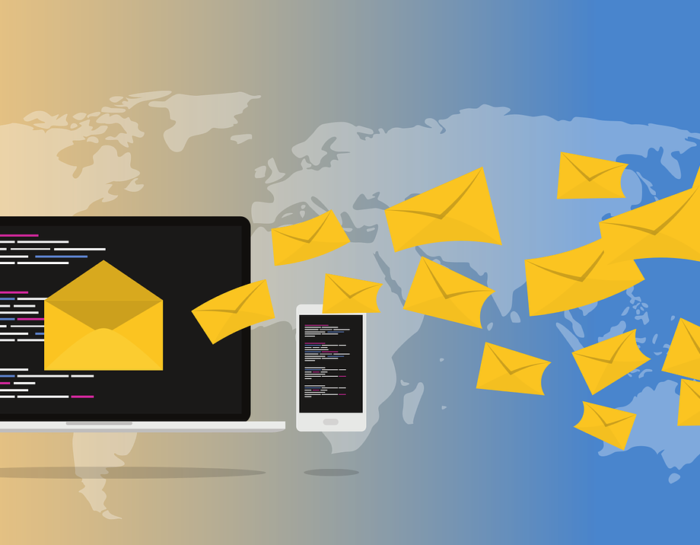
 Traditional fax machines require papers to deliver the message, and it means the operators need to spend a certain amount of money for the papers. Although it may sound like a small investment, the total costs can be expensive. However, online fax services are different from their predecessors. The new platform does not require paper, making it an economical choice for modern people.
Traditional fax machines require papers to deliver the message, and it means the operators need to spend a certain amount of money for the papers. Although it may sound like a small investment, the total costs can be expensive. However, online fax services are different from their predecessors. The new platform does not require paper, making it an economical choice for modern people.
 , is a virtual fax number that redirects incoming faxes into your Gmail inbox. You can choose either using a local or toll-free number. Your business needs should inform the option you take here. Whether you are running a business in the US or another country, make you get the right number.
, is a virtual fax number that redirects incoming faxes into your Gmail inbox. You can choose either using a local or toll-free number. Your business needs should inform the option you take here. Whether you are running a business in the US or another country, make you get the right number.

 Having your brand can set you apart from your competition, with you having the upper hand. In addition to your customers loving the flavors, they will become loyal customers as they see how passionate and dedicated you are about vaping and e-liquids. It is similar to offering an extra personal touch to keep the customers happy.
Having your brand can set you apart from your competition, with you having the upper hand. In addition to your customers loving the flavors, they will become loyal customers as they see how passionate and dedicated you are about vaping and e-liquids. It is similar to offering an extra personal touch to keep the customers happy.
 In the past, GPS, radio transmitter, and maps used to be three separate items. They filled the backpack unnecessarily and were impractical to use during harsh weather. Today, we have the survival tablet, which is a device that combines all of the three functions above.
In the past, GPS, radio transmitter, and maps used to be three separate items. They filled the backpack unnecessarily and were impractical to use during harsh weather. Today, we have the survival tablet, which is a device that combines all of the three functions above. There is no use of your adventure if you cannot show it to your friends or family. Besides, even if you are not the show-off type, you can still record your journey and learn about how to make it more efficient in the future. In short, documenting your adventure in a visual form is necessary.
There is no use of your adventure if you cannot show it to your friends or family. Besides, even if you are not the show-off type, you can still record your journey and learn about how to make it more efficient in the future. In short, documenting your adventure in a visual form is necessary. If you bring electronic gadgets, you will need the power source to recharge them. And these days, your ultimate solution will be a portable battery and a solar panel. Some products even combine the two designs.
If you bring electronic gadgets, you will need the power source to recharge them. And these days, your ultimate solution will be a portable battery and a solar panel. Some products even combine the two designs.
 It is advisable to always backup your data. If you have all the information in your computer, you can have it backed up in a flash drive. In case your hard drive develops issues, your data will be safely stored in a flash.
It is advisable to always backup your data. If you have all the information in your computer, you can have it backed up in a flash drive. In case your hard drive develops issues, your data will be safely stored in a flash. Cloud storage allows you to store data in a different location. This feature has increased the popularity of cloud storage. The cloud where your data is stored cannot be reached by a failed hard drive, lost flash drive or any other physical data storage units. Many people including cell phone users are using cloud storage, and it has been voted among the best ways to prevent data loss.…
Cloud storage allows you to store data in a different location. This feature has increased the popularity of cloud storage. The cloud where your data is stored cannot be reached by a failed hard drive, lost flash drive or any other physical data storage units. Many people including cell phone users are using cloud storage, and it has been voted among the best ways to prevent data loss.…
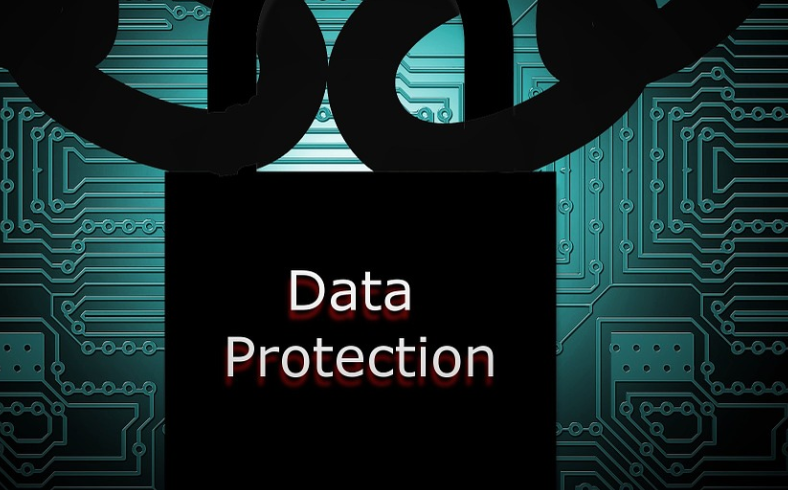 However, we have another group of hackers who want to use the accessed information for personal gains and theft. If your information lands to such people, your business and personal information could be used to solicit money from your accounts or to steal from other people.
However, we have another group of hackers who want to use the accessed information for personal gains and theft. If your information lands to such people, your business and personal information could be used to solicit money from your accounts or to steal from other people. If your computer is installed with effective antivirus programs, hackers cannot find their way in. There are a variety of antivirus programs in the market which can help you keep hackers away. If you run a business, you can install anti-exploit technologies to keep your information safe. More to that, you can sign up to reliable online computer tech support companies.
If your computer is installed with effective antivirus programs, hackers cannot find their way in. There are a variety of antivirus programs in the market which can help you keep hackers away. If you run a business, you can install anti-exploit technologies to keep your information safe. More to that, you can sign up to reliable online computer tech support companies. First of all, it is essential to use complicated passwords. Do not make it easy for the hackers to guess your password. For example, do not use your name, date of birth, and or numbers 1-10. Also, do not use the same password to lock all your devices. It is not a good idea. If you cannot cram the difficult passwords, use password manager applications. You can as well use two-step authentication.…
First of all, it is essential to use complicated passwords. Do not make it easy for the hackers to guess your password. For example, do not use your name, date of birth, and or numbers 1-10. Also, do not use the same password to lock all your devices. It is not a good idea. If you cannot cram the difficult passwords, use password manager applications. You can as well use two-step authentication.…